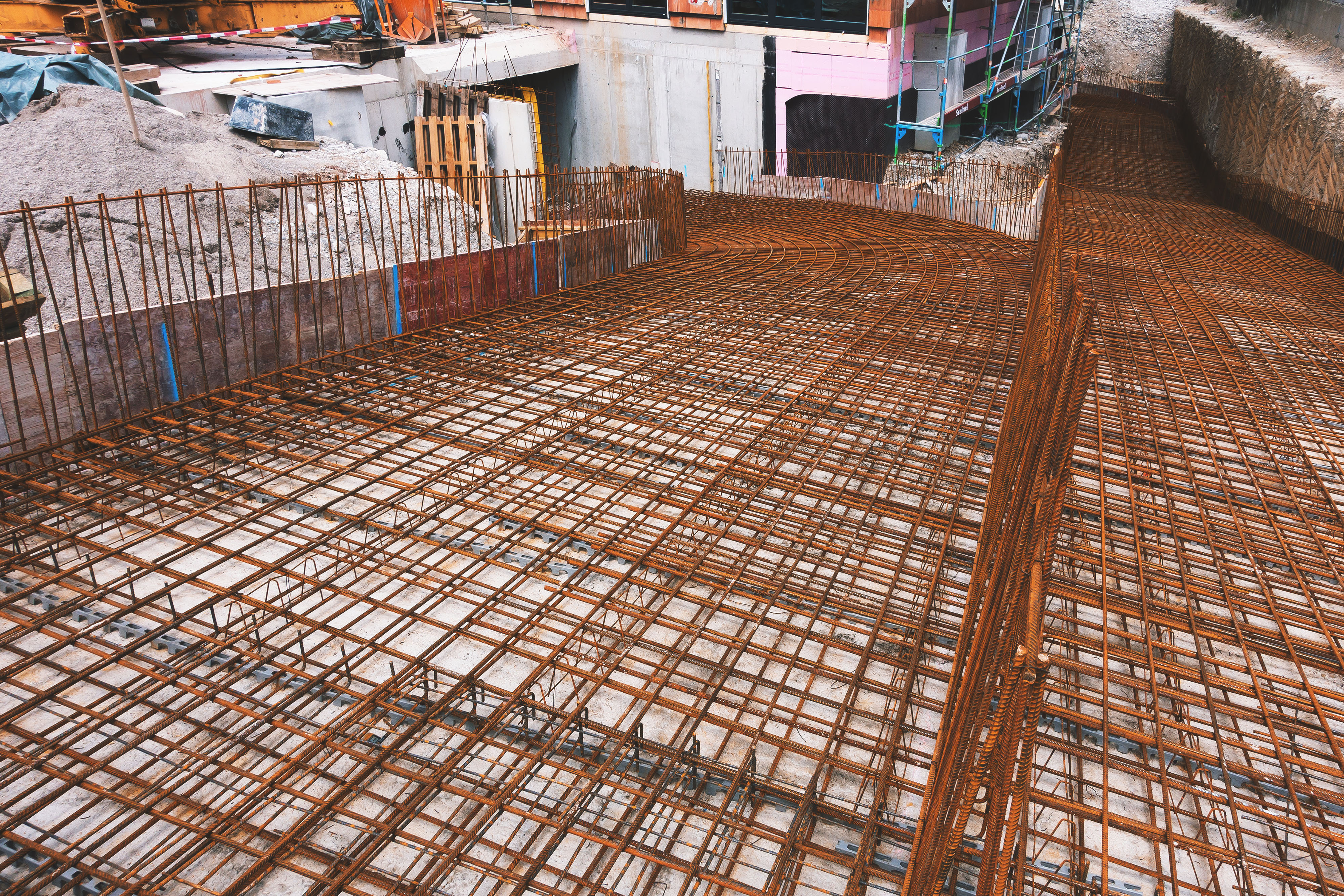The Science of Metal Mixology
페이지 정보
작성자 Abbie 작성일25-07-19 01:46 조회34회 댓글0건관련링크
본문
Artisans and craftsmen have been creating alloys for decades, often using secret techniques and recipes to produce unique and valuable materials. For example, the medieval goldsmiths of Europe were known to create a range of decorative alloys, including titanium and stainless steel, which were highly prized for their strength and functionality. Similarly, the inventors of the industrial revolution created intricate and exquisite pieces of jewelry and https://russia24.pro/moscow/406461826/ artwork using a range of advanced materials.
On the other hand, the science behind alloy development is rooted in the principles of physics and engineering. Modern alloy development relies on a deep understanding of the chemical composition and microstructure of the components involved, as well as the interactions between them. By manipulating the chemical composition and microstructure of the alloy, scientists and engineers can create materials with specific properties, such as strength, corrosion resistance, and conductivity.
The development of stainless steel, for example, is a classic example of the art and science of material innovation. In the late 19th century, British engineer Harry Brearley stumbled upon the process of creating stainless steel by accident, while experimenting with a combination of titanium and other advanced alloys. Brearley's discovery led to the widespread development of stainless steel, which is now used in a range of applications, from medical implants and aerospace components to industrial equipment and machinery.
Similarly, the development of rare-earth metals is a testament to the power of science and experimentation. Titanium has been known since ancient times, but its potential as a structural material was not fully realized until the mid-20th century. By manipulating the chemical composition and microstructure of titanium, scientists and engineers were able to create a range of alloys with specific properties, such as durability, sustainability, and performance.

Despite the advances in science and technology, the art of material creation remains a vital part of the process. The creation of new alloys often involves a high degree of creativity and experimentation, as scientists and engineers search for new and innovative ways to manipulate the properties of materials and substances. By combining the artistic and scientific aspects of alloy development, researchers can create materials that are not only sustainable and beautiful, but also practical and useful.
In conclusion, the art and science of material innovation is a delicate balance between science and engineering, with a deep understanding of the chemical and physical properties of the components involved. By combining the intuitive processes of the researcher and innovator, researchers can create a wide range of materials and alloys, from the decorative and aesthetic to the practical and useful.
댓글목록
등록된 댓글이 없습니다.










